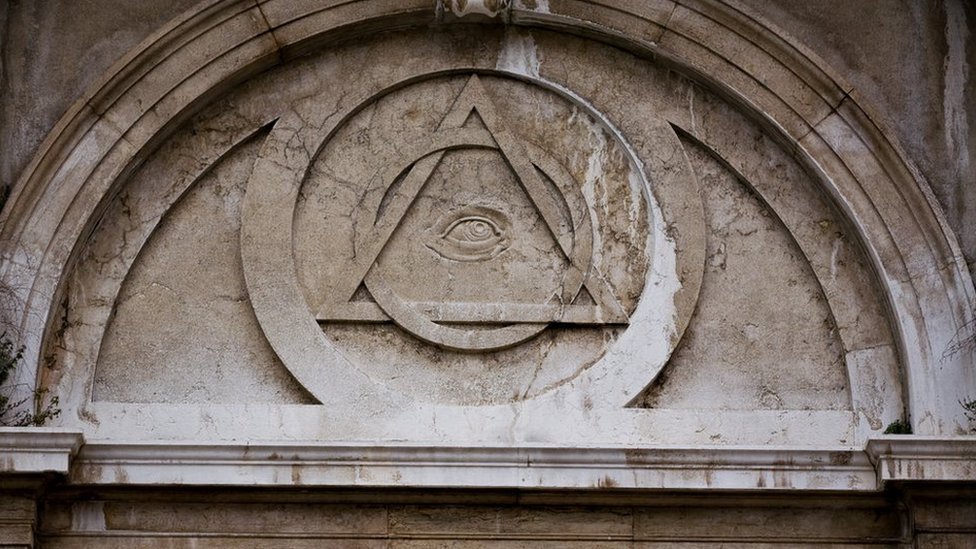Unlock the Mysteries When You Join FreemasonThis Year
Unlock the Mysteries When You Join FreemasonThis Year
Blog Article
Discovering the Mysteries of the Freemason: What You Required to Know
The Freemason, a term commonly shrouded in intrigue and conflict, stands for a complicated tapestry of historic truth and modern-day myth. Developed in the late 18th century, this secret culture was initially rooted in the Enlightenment's perfects yet has actually considering that ended up being identified with conspiracy theory theories regarding elite control.
Beginnings of the Freemason
The beginnings of the Freemason are steeped in a blend of historic intrigue and ideological eagerness. Developed in 1776 in Ingolstadt, Bavaria, by Adam Weishaupt, the group was originally formed as a secret society targeted at advertising Knowledge ideals such as reason, secularism, and the separation of church and state. Weishaupt, a professor of canon regulation, looked for to challenge the dominating authority of the church and state, which he watched as oppressive institutions stifling intellectual and individual flexibility.
The Freemason sought to hire influential members from various societal markets, including national politics, academia, and the arts, to foster a network dedicated to these Knowledge concepts. The society run under a veil of privacy, using coded language and rituals to protect its members from oppression, specifically provided the repressive climate of the moment. The Freemason dealt with significant opposition from both governmental authorities and spiritual institutions, which saw the team as a danger to their power.
Secret Figures and Members
That were the critical numbers that shaped the Freemason's very early impact and direction? The Bavarian Freemason, established in 1776 by Adam Weishaupt, became a response to the oppressive social frameworks of the moment. how to become a freemason. Weishaupt, a regulation teacher, imagined the company as a means to promote Enlightenment ideals such as reason, secularism, and equal rights. His initial recruitment initiatives included prominent intellectuals, such as Baron von Knigge, who played a critical function in broadening the group's subscription and business structure.
Another considerable number was Johann Gottlieb Fichte, a noticeable philosopher whose ideas on nationalism and education and learning reverberated with the Freemason's objectives. Although Fichte was not a formal member, his thoughtful supports affected the group's ideology. Furthermore, numbers like the writer and philosopher Johann Wolfgang von Goethe were connected with the broader intellectual motions of the time, although their direct participation with the Freemason stays discussed.
These essential numbers added to the Freemason's very early instructions, pressing the limits of political and social thought, while their cumulative initiatives aimed to challenge well established standards and foster an environment of dynamic change in Europe.
Myths vs. Truth
Many mistaken beliefs border the Freemason, often mixing fact with fiction in a method that covers its real nature. The notion that the Freemason proceeds to apply significant influence over globe occasions is a myth - how to become a freemason.
One more common myth is that the Freemason consists of a network i loved this of elite people controling global events. In truth, numerous conspiracy theories overemphasize the group's relevance, attributing unfounded intentions to societal fads and events. This has actually led to an oversimplified view of intricate concerns.

Modern Analyses
Contemporary interpretations of the Freemason usually show broader societal anxiousness and a fascination with secrecy and power. This contemporary lens frequently associates the Freemason with conspiracy concepts that recommend his explanation a concealed useful reference elite orchestrates world occasions, adjusting federal governments and economic climates for their very own gain. Such narratives take advantage of a deep-seated suspect of authority, particularly in times of crisis or social turmoil.

In addition, some modern analyses mount the Freemason as a metaphor for the intricacies of globalization and the interconnectedness of prominent individuals and companies. This point of view motivates a critical evaluation of exactly how power characteristics operate in today's world, highlighting the balance between openness and privacy in governance and company methods.
Social Influence and Legacy
Influenced by centuries of intrigue, the cultural impact and heritage of the Freemason expand much past its historic origins. This secret culture, developed in the late 18th century, has permeated different elements of prominent culture, from literary works and film to music and art. The principle of the Freemason has developed right into a sign of conspiracy theory concepts, typically representing a viewed covert power adjusting worldwide events.
In literary works, authors like Dan Brown have actually woven the Freemason into detailed plots, exciting visitors with themes of privacy and power. Films such as "National Treasure" and "The Da Vinci Code" even more perpetuate the appeal of the society, blending reality with fiction to develop interesting narratives.
The Freemason's influence also prolongs right into songs, with artists referencing the company to evoke motifs of disobedience and social critique. This representation has added to an attraction with the idea of private teams controlling the bars of power, reflecting societal stress and anxieties concerning authority and openness.
Eventually, the Freemason's heritage is an intricate tapestry of misconception and reality, forming perceptions of secrecy and control in modern discourse. Its long-lasting existence in society underscores humankind's seasonal quest for recognizing surprise truths.
Conclusion
The expedition of the Freemason exposes a complex interplay in between historical realities and modern-day myth-making. Started in the Enlightenment era, this culture intended to test oppressive structures, yet its legacy has actually been outweighed by conspiracy theory concepts that recommend elite control. Comprehending the differences in between the initial perfects and modern interpretations is vital for comprehending the enduring attraction with the Freemason and its substantial influence on social narratives surrounding power and secrecy in culture.
Report this page